Flora of Five Deserts in South Africa by Ron Long
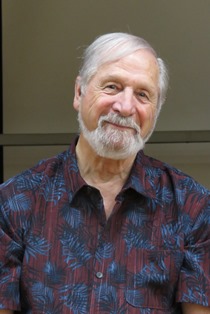
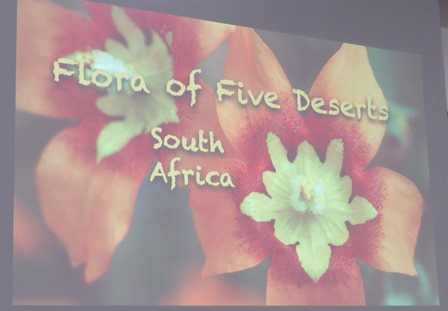
Our speaker, Ron Long, has been devoted to photographing native BC plants for 50+ years. After retirement, however, his travels expanded. South Africa has become a favourite spot for him, and to our good fortune, he enjoys sharing his beautiful slide shows! This presentation focused on five desert areas in South Africa: Richtersvelt, Namaqualand, Knersvlakte, Nieuwoudtville, Cederberg (previously Cederburg).
Ron explained that after 500 million years of evolution, South Africa has over 10,000 species of plants. The area is more botanically diverse than even the tropical rainforests of South America! The Orange River is the longest river in SA and it has found different routes to the sea over time, creating distinct areas. The central plateau is 3 km lower than originally, and there are many rugged kloofs (steep wooded ravines) and canyons due to the massive erosion. The five desert areas he investigated are fairly close in proximity but all have distinct flora and many plants found nowhere else in the world!
Richtersveld: This harsh desert is a UNESCO World Heritage Site. Nonetheless, this desert boasts 5000 unique species. Flash floods occur here. Many of the plants are succulents. The Butter tree and the Half men’s tree are notable. Despite the abundance of sun, the Half men’s tree leans slightly to the North Equator. Goat herds are popular, but they don’t decimate the land because they are pushed ahead by Nama herders. This way they don’t eat whole plant but just nibble the edges.
Namaqualand: The Skilpad Wild Flower Reserve, west of Kamieskroon, is famous for its yearly display of Spring flowers. It is near the Atlantic Ocean, so rolling fog regularly adds some moisture to the arid land. Again, there are 5000 plant species to be found here. Ron asked if we were familiar with gladiolas; it seems there are three DOZEN types here! BC has 3 species of oxalis but this area has 210 types! Ron did see one pelargonium. He showed us a fascinating “Bulbine” flower which has bearded stamens to fool insects into thinking there is an abundance of pollen. Some of the bees and birds here are totally dependent on single species of plants.
Knersvlakte (Knersvlecte): This is a small area but it still has over 1500 species of plants! The name means “gnashing plain” in Afrikanns. It is believed that the name comes from the crunching of wagonwheels as they moved over the hard quartz stones. These quartz pebbles, distributed by the Orange river, reflect the sun so the area is a little cooler. Sadly, there are a lot of endangered species, particularly succulents, due to poaching and overgrazing.
Nieuwoudtville: This area has less than 200 mm rainfall in winter and is even more arid in summer. However, the town is an oasis thanks to the Doring River. It is known as the Bulb Capital of the world, having 300+ species. However, the bulbs are very rain dependent. Ron noted that the Paradise plant has unusual curved anthers. Several plants have very powerfully scented flowers.


Cederberg mountains: This area is only three hours north of Cape Town, but is still pristine. It is in the fynbos biome, similar to a Mediterranean climate with rainy winters. Of the 9500 plants, many are endemic to the area. Ron noted that 400 species are adapted to pollination by rodents! Hairy beetles collect lots of pollen, which makes for a great relationship. It is quite cold at night and when the flowers close in the evening, beetles often snuggle inside!

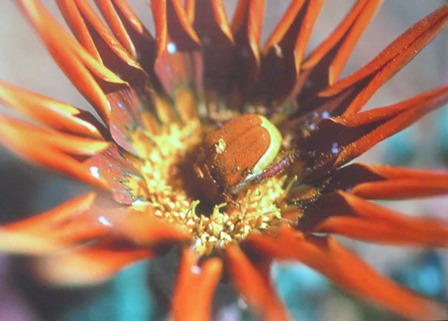
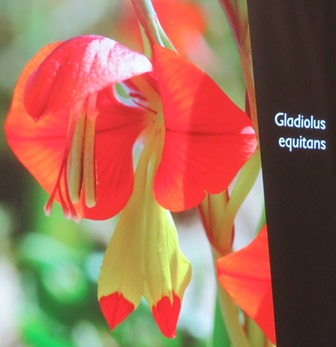
What a special treat we had tonight!
Ron’s beautiful photographs definitely prompted many “ooh’s” and “ahhh’s”,
particularly for those of us who never will venture so far from home! Thank you SO much, Ron!
PS: Lidy mentioned that we might be able to find a few SA plants here, such as African amaryllis, gazanias (African daisies), ice plants, nemesis, dianthus, lithops (living stones), and various succulents.

RELATED LINKS
South African Plant Life
South African Plant Life (sa-venues.com)
Richtersveld:
Richtersveld Cultural and Botanical Landscape – UNESCO World Heritage Centre
A Dry Spectacle at the Richtersveld Cultural & Botanical Landscape (GL) (southafrica.net)
Richtersveld National Park – Youtube
https://youtu.be/XMtwAAc4NiQ
Namaqualand:
8+ Stunning Places to See The Namaqualand Flowers [2023] (wanderlustmovement.org)
Namaqua National Park – SANParks
Namaqua flowers – All you need to know – The Curious Journal
The Flowering Desert – Youtube travel guide
https://youtu.be/ipP1Sw3-EV0
Knersvlakte (Knersvlecte):
Knersvlakte Nature Reserve, Western Cape (sa-venues.com)
Knersvlakte succulents
2024 03 The miniature world of the Knersvlakte, South Africa – YouTube
Nieuwoudtville:
Niewoudtville: South Africa’s spectacular flowering ‘bulb capital of the world’ | CNN
Nieuwoudtville – Amazing waterfall and flowers- youtube
Amazing Waterfall and Wild Flowers – Nieuwoudtville – Northern Cape – South Africa (youtube.com)
Cederberg mountains:
Guide to where to see Cederberg flowers – The Curious Journal
Cederberg Mountains – youtube
https://youtu.be/oaXyS0XI3dA
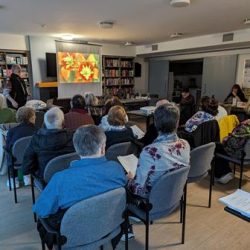

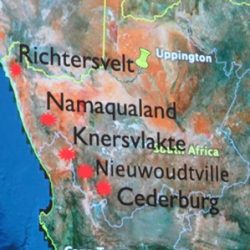
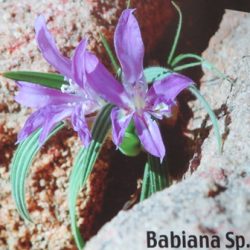
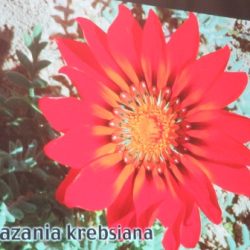

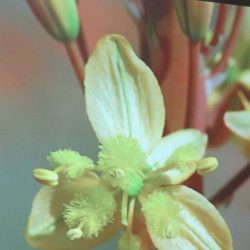
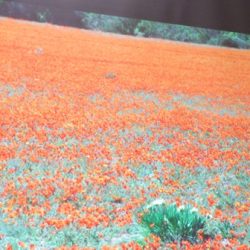
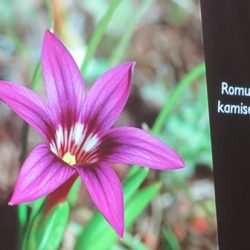
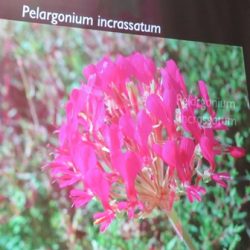
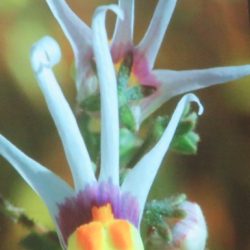
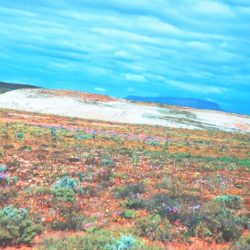
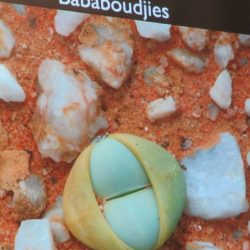
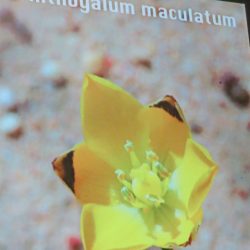
 Previous Post
Previous Post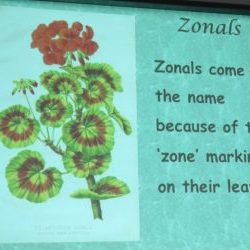 Next Post
Next Post
Recent Comments